Today we’re looking at the new FiiO FW3 True Wireless IEMs, it’s selling for $99 USD.
Disclaimer: FiiO sent us the FW3 TWS for this review, free of charge. As always, I am here to reflect on my honest experience with the product.
FiiO
FiiO is an established Chinese audio company that has been designing high-quality audio equipment since 2007. Known for its portable audio players, DACs, amplifiers, and IEMs, FiiO has earned a solid reputation in the audiophile community for its commitment to delivering excellent value for money. They’ve been expanding their product line-up, each passing day with new products and venturing into new spheres, such as true wireless earphones.
Today, we will take a closer look at the second TWS from FiiO. The FW3. With the release of the FW5, the company ventures into the true wireless earphone market, attempting to bring its audio expertise to this increasingly popular segment. Now, the line-up has a new member, the FW3.
We have reviewed and awarded a lot of FiiO equipment here at Headfonia over the years and you can read those reviews here: Headfonia FiiO Reviews.
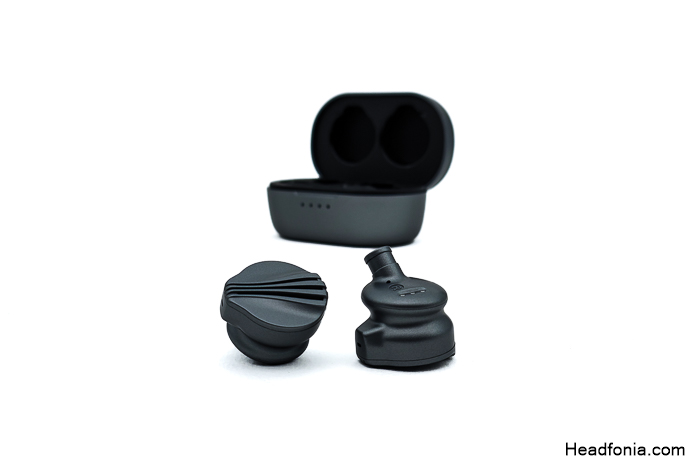
FiiO FW3 HiFi TWS Bluetooth IEM
The FiiO FW3 shares an identical design with its bigger sibling, the FW5. The FW3 comes in two different colors, Moonlight White and Interstellar Gray. It uses a 10mm carbon-based dynamic driver and it features some of the highlights of its bigger brother FW5, such as the FiiO Control App support and the dedicated hardware DAC, AK4332. The FW5 had 3 drivers per side, a DD, and a pair of BAs, but the FW3 only features a single, full-range DD. The FW3 features a 10mm wide full-range dynamic driver with carbon-based diaphragm. It is stated to have a lighter structure compared to beryllium drivers, resulting in a quicker, better transient response and superior distortion.
Just like its bigger sibling, the FW3 features Qualcomm’s premium-tier codec with LHDC and AptX Adaptive. It also features Snapdragon Sound and improved latency while gaming with compatible chipsets of flagship Android devices. As part of a limited-time launch event, the FW3 is available for $71.99 on FiiO’s official AliExpress store through this link.
Here is a small recap of the highlights & specs of the FW3.
- 10mm Full-Range Carbon-Based Dome Diaphragm Dynamic Driver
- Qualcomm QCC5141 Bluetooth 5.2 Premium-Tier Chipset
- AKM AK4332 DAC
- Snapdragon Sound Enabled + LHDC & AptX Adaptive Codecs
- LDAC Codec is supported with FW Upgrade. (More on that later.)
- Battery: 7h per charge, +13h Charging Case (21h max.)
- IPX4 Water Resistance
- FiiO Control App Support
- Tested Firmware: FW30.5
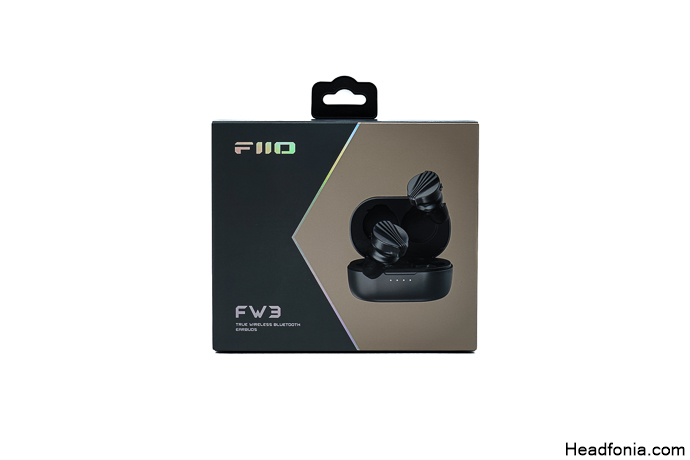
Packaging & Accessories
The FiiO FW3 comes in a new packaging theme that’s a departure from what we’ve seen before. The choice of grey and tan as the color scheme doesn’t appeal to me aesthetically. I was more fond of the older packaging, which featured an outer surface with a coating that produced a sort of rainbow effect.
Upon opening the box, you’re immediately presented with all the components. The FW3 TWS earphones are seated in their charging case, each with a blue protective film over its charging pins. Neighboring to the case is a compartment housing the accessories: two sets of silicone eartips in small, medium, and large sizes, a USB-C charging cable, and a user manual. The variety of eartips ensures that users can find a comfortable fit and optimal seal, regardless of ear size. I was particularly pleased to see the inclusion of the newly designed HS18 tips, which were also part of the FW5’s package. For me, these tips provide the best combination of comfort and sound quality.
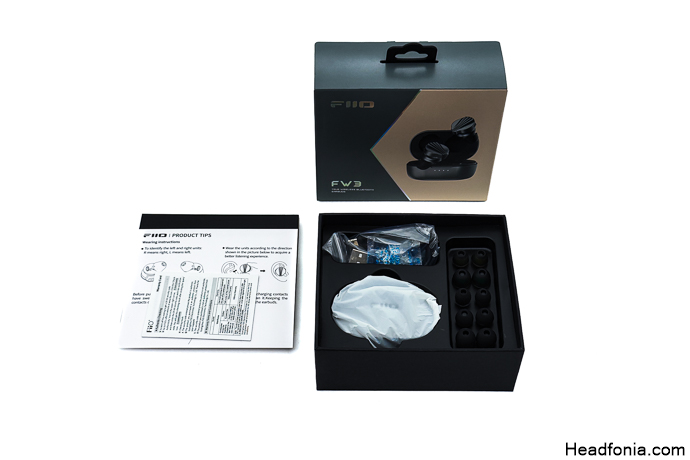
Design, Build & Fit
The FW3 features a sleek and modern design that aligns with FiiO’s universal IEM design style. It shares its design with its bigger sibling, FW5, but comes in a different finish. Available in two colors, Moonlight White and Interstellar Gray, both options feature chrome mesh accents inside the faceplate, giving the earphones a unique look. FiiO opted for plastic mesh over metal mesh to keep the earphones as lightweight as possible.
The charging case, which matches the earphones in color, is compact and sturdy, featuring a magnetic closure that securely holds the earphones. Design-wise, it closely resembles the FW5’s case but has slight differences, particularly around the top cover. While the FW5’s case has more rounded corners on its top cover, the FW3’s is edgier and features slightly more aggressive top edges. The interior of the case, as well as the battery and charging PCBs, are identical between the two models. Each earphone shell contains a 65mAh battery, and the charging case houses a 380mAh battery. Despite the lesser build quality compared to metal units, the case feels adequately durable and quite light, even with the earphones inside it. The total weight of the FW3, including the charging case, is 57 grams, and each earphone weighs just 6 grams.
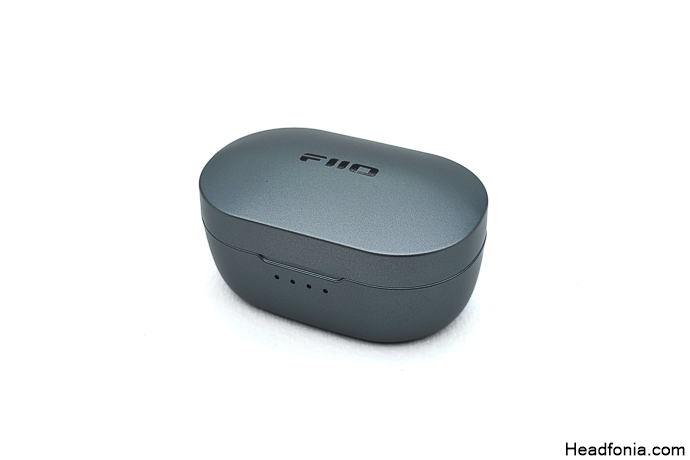
Although the primary material is plastic, the quality of the outer finish is good. As a budget product, my expectations weren’t high, but one detail I found lacking was the hinge mechanism for the top cover; it’s a bit loose, causing the cover to close on its own. A stiffer mechanism would improve the overall user experience. The case features four white LEDs on the front as battery indicators, which glow softly to avoid eye strain.
Charging is done via a USB-C port located at the back of the case, under the hinge. I noticed that there are no pairing or reset buttons on the case; these functions are solely controlled by the physical buttons on the IEMs.
In terms of fit, the FW3 shares the same shape and form as FiiO’s FW5 TWS, which itself is similar to FiiO’s FD5 wired IEMs.
The shells may look relatively large for a TWS, but once I found the optimal ear tips, the comfort was good. The slightly angled, long nozzle enhances the fit, but it is extra important to find the proper fit via tip-rolling. I found the medium HS18 eartips to offer the best seal and comfort, although this may vary depending on individual ear size and shape. The fit is highly dependent on the ear tips due to the long, wide, and angled nozzle. Those with smaller ears might need to consider other alternatives.
Controls
The FiiO FW3 is equipped with two physical buttons on each earphone, allowing for easy management of calls, volume adjustments, and music playback control. The control buttons have good tactile feedback and thanks to the protruding fit, they are easy to press without breaking the seal. The full list of operations can be seen here.
Wireless & Connection Stability
The FW3 utilizes Bluetooth 5.2 technology and Qualcomm’s premium-tier QCC5141 chipset for a stable and efficient wireless connection. In my tests, the earphones quickly and easily paired with various devices, and I experienced no dropouts or connection issues. The FW3 supports multiple codecs, including SBC, AAC, aptX/aptX Adaptive, and LHDC.
Additionally, the experimental FW30.5 firmware adds LDAC support, but it’s stable only with Snapdragon Sound-supported Android phones, specifically those with the Snapdragon 888 chipset or higher. I managed to stream at 24-96kHz with a forced 990kbps via LDAC, and the experience was smooth. I didn’t experience any stutter or connection dropouts. It’s clear that FiiO has mastered the QC5141 chipset, as my overall experience with both the FW3 and FW5 has been quite positive in terms of connectivity.
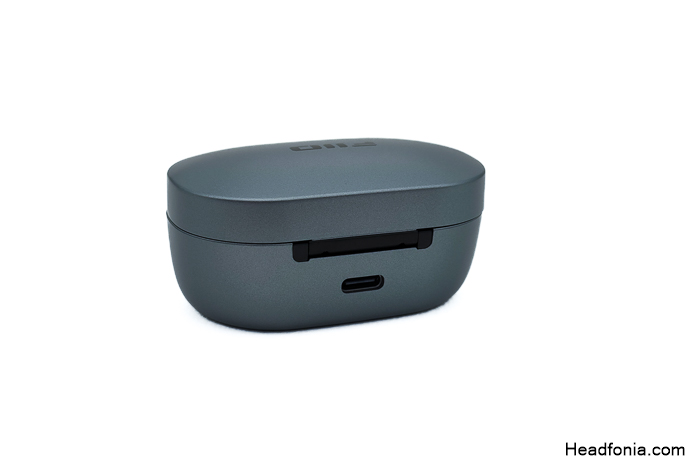
Regarding signal latency, my Snapdragon 8 Gen 1-equipped phone running Android 13 exhibited nearly no latency with the LHDC and LDAC codecs within the YouTube app. However, for gaming, there’s a slight latency when using these codecs, even on Snapdragon Sound-enabled devices. By disabling LDAC/LHDC and activating aptX Adaptive through the settings, and then turning on Game Mode via FiiO’s Control App, I achieved impressively low latency suitable even for competitive games like PUBG.
On iOS, due to Apple’s limitations, the only available codec is AAC. I tested latency on Disney+, Netflix, and YouTube using an iPhone 14PMX and found it to be adequate. However, I did experience mild latency while gaming.
The review continues on Page Two, after the click HERE or by using the jump below.
Page 1: FiiO, FW3, Packaging & Accessories, Design, Build & Fit, Controls, Wireless & Connection Stability
Page 2: Battery Life, App Support, Call Quality, Sound & Performance, Comparison, Last Words







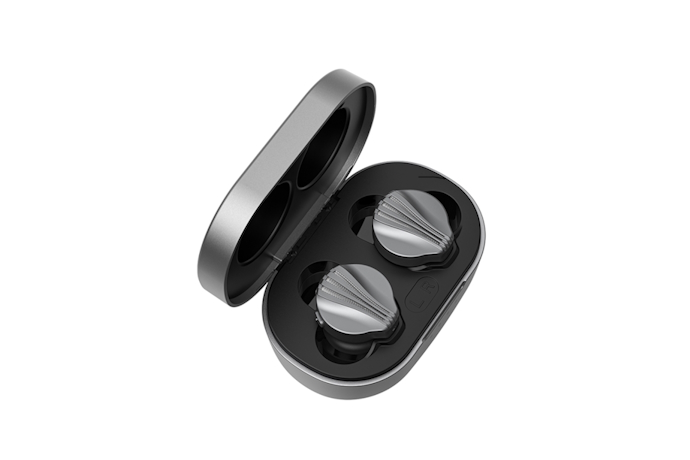
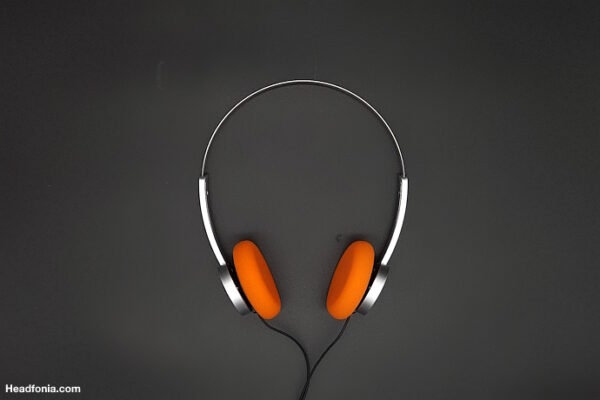
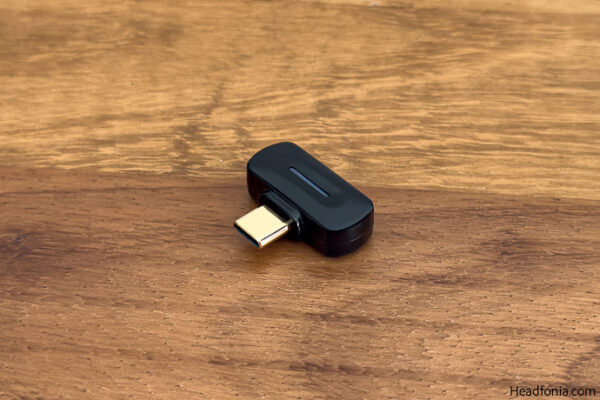
Maj
Under LDAC w/ FW V1.1 You can set Bitrate to 32 bits using either Android’s developer options or any BT codec manager from the playstore, I’ll also note that I wouldn’t recommend using LDAC on non snapdragon based phones as it can’t handle 990Kbps and can just barely handle 660Kbps at ~1.5m away while using LHDC works like a charm
Yagiz
The chipset of the device is limited to 24-bits. By not selecting 32-bit, I am trying to prevent Android operating system from upsampling. In addition, I do not hear a difference between these settings.